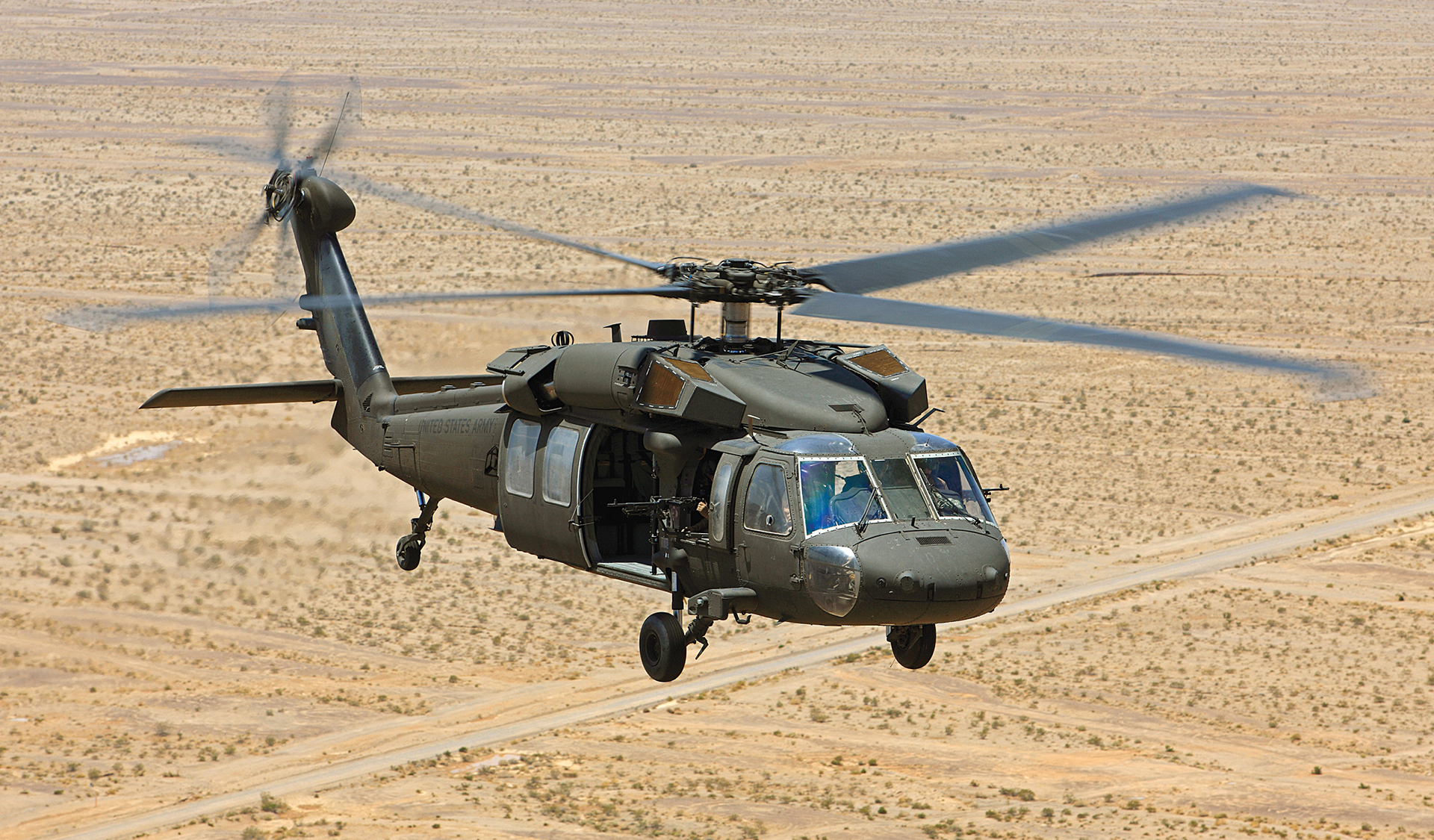Browsing Success: UH 60 Helicopter Upkeep Finest Practices
Browsing Uh 60 Helicopter Laws and Conformity Requirements

Regulatory Framework Overview
The regulative framework governing UH-60 helicopter operations encompasses a complicated collection of regulations and standards developed by air travel authorities. These policies are designed to ensure the secure and efficient operation of UH-60 helicopters in various atmospheres. The Federal Aeronautics Management (FAA) plays a main duty in establishing and enforcing these regulations, which cover a variety of operational facets, consisting of airworthiness requirements, pilot qualifications, maintenance needs, and functional treatments.
Conformity with these regulations is essential for helicopter drivers to preserve the highest degree of safety and security and functional honesty. Failing to comply with these policies can cause significant consequences, consisting of mishaps, injuries, and governing sanctions. Therefore, helicopter drivers need to stay notified about the most recent regulative growths and make sure that their operations are in complete compliance with all suitable guidelines and criteria.
Airworthiness Assessments and directives
Amidst the regulative structure controling UH-60 helicopter procedures, a critical emphasis rests on conformity with Airworthiness Directives and conducting thorough evaluations to promote security standards and functional dependability. Airworthiness Instructions (ADs) are issued by air travel authorities to deal with unsafe conditions in aircraft, including the UH-60 helicopter, and mandate certain activities to be taken by owners or operators. Conformity with Advertisements is obligatory, and failure to stick to these instructions can cause major repercussions, consisting of grounding of the aircraft.
Regular inspections are paramount to making certain the airworthiness of UH-60 helicopters. These inspections include a series of checks, from regular daily examinations performed by pilots before and after trips to extra comprehensive arranged upkeep assessments executed by accredited auto mechanics. Furthermore, special assessments may be called for based upon specific problems or incidents. By sticking to a rigorous examination regimen, drivers can spot and attend to prospective issues immediately, thereby boosting the security and integrity of UH-60 helicopter procedures.
Pilot Certifications and Training

Pilot training for UH-60 helicopters is comprehensive and covers a variety of topics, including airplane systems, emergency procedures, navigating, and mission-specific training. Additionally, pilots undertake simulator training to practice various emergency situation circumstances in a controlled setting. This training aids pilots create the required skills to manage tough scenarios efficiently.


Additionally, ongoing training and expert advancement are necessary for UH-60 pilots to stay present with the most recent guidelines, innovation, and best methods. By purchasing pilot qualifications and training, drivers can boost safety, maximize performance, and guarantee conformity with governing requirements in the procedure of UH-60 helicopters.
Functional Limitations and Needs
Pilot qualifications and training serve as the foundation for understanding the operational limitations and demands connected with UH-60 helicopter procedures (uh 60). These functional constraints are established to make sure the safety and security of the staff, travelers, and the aircraft itself. Operational limitations may consist of elements such as weather, weight constraints, elevation restrictions, and operational boundaries. It is important for pilots to be well-versed in these restrictions to make enlightened choices during trip procedures. Furthermore, compliance needs, such as adhering to certain flight paths, communication methods, and emergency situation treatments, are crucial for maintaining functional safety and governing conformity. Pilots have to remain existing with all functional limitations and needs through regular training, instructions, and examines to mitigate dangers and guarantee risk-free and reliable UH-60 helicopter operations. By prioritizing adherence to these functional standards, pilots can boost the general safety and effectiveness of their objectives while upholding regulatory standards.
Emergency Situation Procedures and Compliance Screening
Effective emergency procedures and thorough compliance testing are critical parts of maintaining operational safety and regulatory adherence in UH-60 helicopter procedures. Normal conformity screening makes sure that the helicopter satisfies all governing demands set forth by air travel authorities.
Compliance screening additionally encompasses devices onboard the UH-60, such as communication systems, navigating instruments, and security gear. Guaranteeing that all equipment is working correctly and satisfies governing standards is crucial for secure procedures. Additionally, compliance screening may entail simulations of emergency situation scenarios to evaluate the read this article team's feedback and the helicopter's efficiency under tension. By prioritizing emergency procedures and read the full info here compliance testing, UH-60 operators can minimize dangers and show their dedication to safety and regulative conformity.
Verdict
Finally, adherence to regulatory framework, conformity with airworthiness regulations, pilot qualifications and training, operational constraints, and emergency situation procedures are essential for navigating the policies and needs of running a UH-60 helicopter. uh 60. It is important for drivers to prioritize safety and ensure complete conformity with all relevant policies to keep the airworthiness and operational stability of the airplane
Browsing the regulative landscape bordering UH-60 helicopter procedures requires a nuanced understanding of the elaborate web of guidelines and conformity demands.Compliance with these policies is crucial for helicopter operators to preserve the highest possible degrees of safety and security and functional honesty.Amidst the governing structure governing UH-60 helicopter procedures, an important focus exists on conformity with Airworthiness Directives and performing extensive assessments to maintain safety criteria and operational integrity.Effective emergency situation procedures and thorough conformity testing are vital elements of maintaining operational security and regulatory adherence in UH-60 helicopter operations. Regular compliance screening makes sure that the helicopter fulfills all regulative demands set forth by aviation authorities.